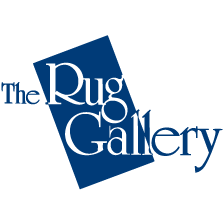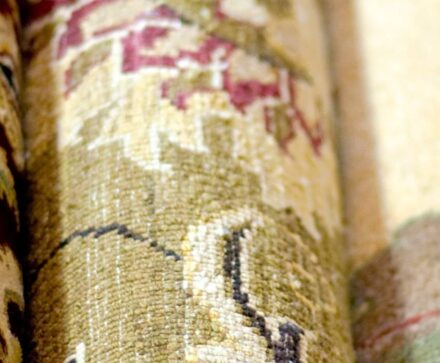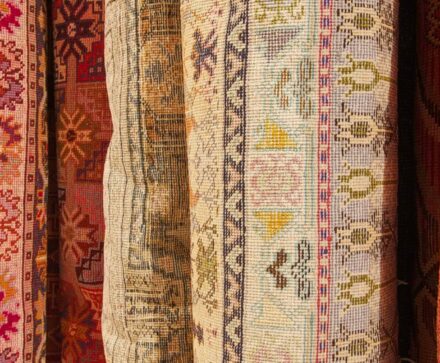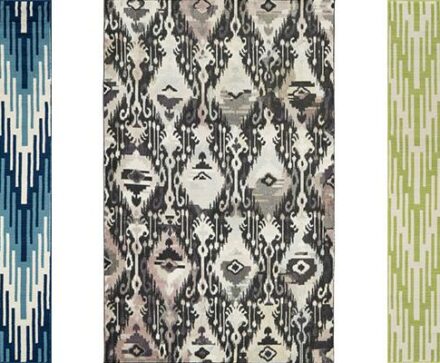Where Do the Best Oriental Rugs Come From?

The country that an Oriental rug comes from can make a huge deal. But how do you know which country makes the best Oriental rugs, and even which country my Oriental rug came from? Listen to this podcast as Sam Presnell of the Rug Gallery answers all of these questions and more.
John Maher: Welcome to the Rug Gallery with Sam Presnell now. The Rug Gallery is an Oriental rug company and carpet store in Cincinnati, Ohio. I’m John Maher and I’m here with the owner of the Rug Gallery, Sam Presnell. Hi Sam.
Sam Presnell: Hi, John.
Oriental Rug Origin Countries
John: Sam, today our topic is: Where do the best Oriental rugs come from? What countries do oriental rugs typically come from that we might see in the United States?
The Middle East
Sam: Most of them are from the Middle East, that is where the origin of the Oriental rugs seems to be started in and you see a lot of- everybody claims that their’s are the best. I would say the Persians have the best reputation, one of the oldest reputations of rugs and a lot of the designs that we use today in making rugs are classic Persian type styles or else tribal type styles from either Iran, Turkey, Southern Russia, it can be really all throughout the Middle East as well.
You can make an Oriental rug anywhere, and there’s good quality rugs wherever you make rugs and there’s rugs made in every country that are fantastic and there’s rugs that are made for price and they’re not going to be as great of rugs as far as collectability or quality.
Which Country Produces the Best Oriental Rugs?
John: Is there one country that produces the best Oriental rugs as compared to other countries, or is it just that every country has places that make really good ones and places that make less good ones?
Iran and Turkey
Sam: I have to say, as a whole, if you look at it as one big picture like say an automobile, who makes the best automobile? You’re going to say it’s going to be, you know, without getting into the really super duper, really exotic cars, you’re really talking about Mercedes, BMW, Lexus things of that nature. The same thing with rugs, you put Oriental rug as a category and you have to say Iran basically is one of the biggest and one of the oldest producers of rugs. Turkey has to be right in there.
India, Pakistan, and Afghanistan
A lot of these countries today, are so modernized that they’re not making a whole lot of production like they had in the past when I first started in the business, it has changed and places like India, Pakistan, Afghanistan is really where the rug business lies today for us. If there is any future we feel that it’s there and they are getting better and better and more skilled every day. I really am impressed with what we’re making in those countries, because we’re going back to the old way of making rugs, it’s not just the color and design that we’re doing so much better today than we did in the past, it’s more in tune to what the lifestyles are today as far as our customers go.
We’re playing with different types of spinning techniques, wools, the way we hand dye, the way we veg dye and different things like that, like rugs were made you know 100 years ago or 200 years ago. We’re doing a lot of things that are making some fantastic rugs today even in countries that you wouldn’t think of as traditional Oriental rug places like India and Afghanistan and probably Pakistan.
Is Modern Technology Improving Rug Making?
John: Would you say that modern technology is actually improving the way that rugs are made even though they’re still being made in an old ancient way?
The change in catooshas
Sam: It does, like rest of things, speed up the process, there’s no question about it. But most of stuff that we do is more of the old school technique. The only thing that I see changing is what I call the cartoons basically, or catooshas they call them, basically are the drawings on the loom drawings, which are every little knot that put into a rug and every design and color change is hand painted on a piece of paper the size of the rug and that’s changed where computers are now driving the printers that are printing out those drawings.
You’ve got to remember that in most countries that we deal with, most people who weave are usually illiterate, 75% of them are illiterate. So they don’t read or write but they can see a graph and know how to weave and they can put that together real quickly how that design is or color is and can make it exactly the way that we want them to.
How Can You Identify Oriental Rug Origins?
John: How can you tell where an Oriental rug is from when you’re out shopping for a rug?
Sam: I hope that they put a tag on the back of the rug that tells you where it’s from because it’s very challenging, even for a guy-or a person- who knows what they’re doing in the rug business because there’s so much weaving that’s being done all over the world that just keeps getting better and better and it’s very hard to decipher, especially in finer qualities, where there from any more, but I wish I could say it in simple words that it’s easy to tell but it isn’t and it takes years and years and handling the products and studying products in order to know where they came from.
I mean that’s something that you have to have a passion for it and want to learn and it isn’t something that I can tell you that within a few seconds, you know, how do you tell where a rug is from other than hope to god that there is a label on the back of it that says made, you know wherever.
Patterns can be copied
John: Years ago, you might have been able to tell where it was made just from the design that was on the front of the rug but these days like you said, because so many rugs are being made and in other countries and those other countries like maybe India that they maybe copying some of the designs from Turkey or Iran or southern Russia and so it’s you see that pattern and you can no longer tell where it’s from.
Sam: Exactly, those patterns are being used everywhere and so the Persian knotting or the Turkish knotting is exactly the same knotting that they’re using in those other countries as well so that’s hard to see. A lot of times you tell a lot from the wool, I tell a lot from the fringe of a rug, where it’s made at because you just- where they finished the rug or the foundations, the cottons or the silks or wools that they used to weave upon and even the wools and even the colors are giveaways as far as where they’re from, but it’s really hard for me to really explain that and something that would be easy for people understand.
John: That’s really interesting and really great information. Sam, thanks again for speaking with me today.
Sam: Always my pleasure.
John: For more information about Sam, The Rug Gallery and Oriental rugs and carpets visit [theruggallery.com] or call 513-793-9505. Make sure you catch the latest episodes by subscribing to this podcast on iTunes and if you could take the time to give us a review on iTunes as well. We would appreciate that. I’m John Maher, see you next time on The Rug Gallery.
